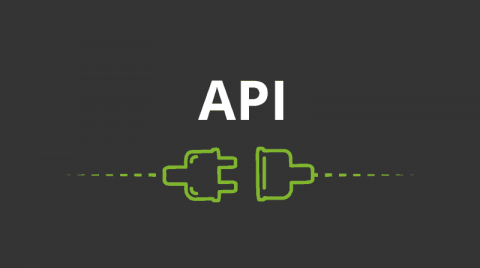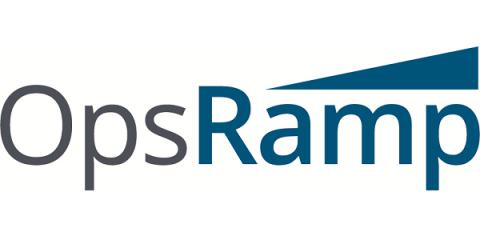How Sentry Thrives as an Open Source Software Company
When I tell people that Sentry is open source, they nod, understanding that this is known to be a good, noble thing. Then, they have questions. Many questions. “You mean open core?” they ask. No. Open source. “So you sell professional services?” No. Head scratching, then a pause. “Then… how do you make money?”










